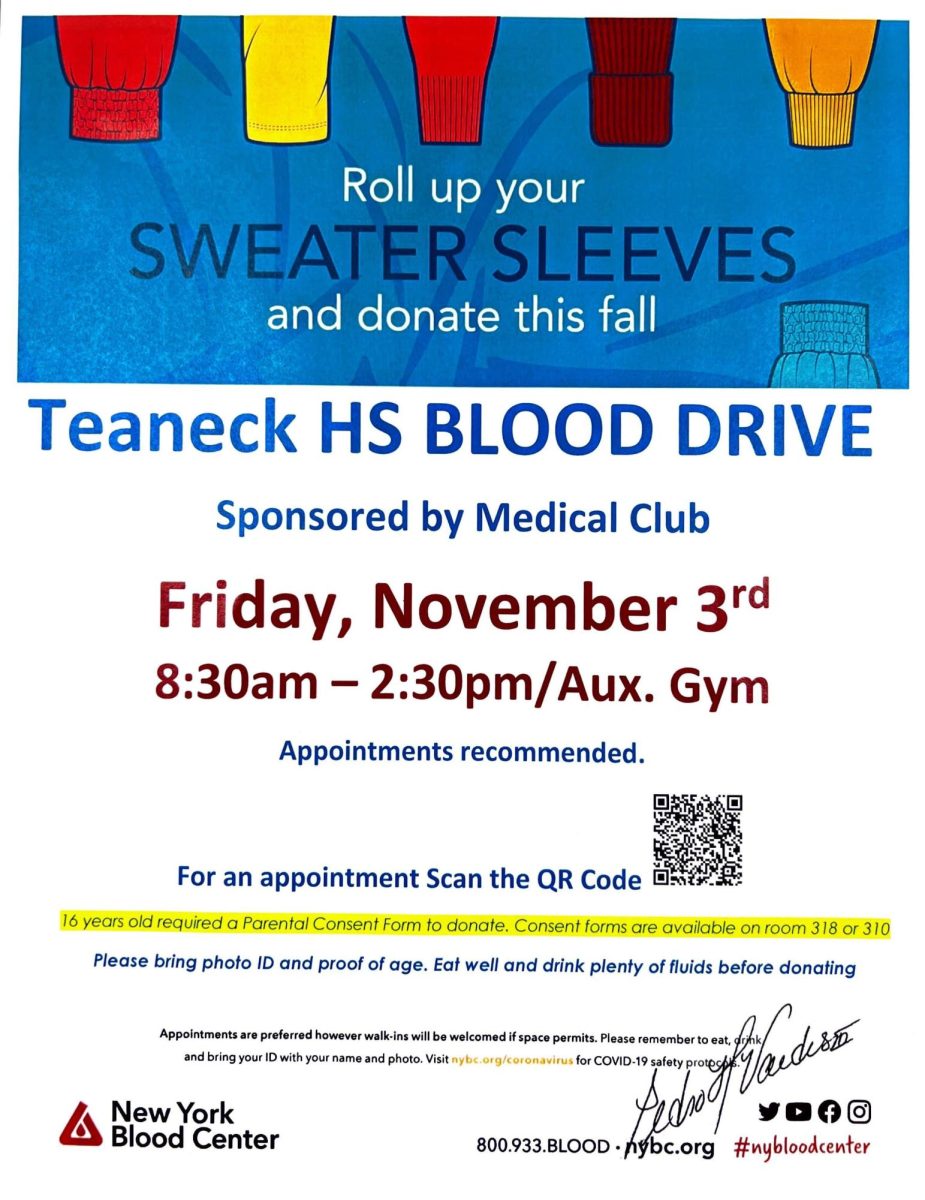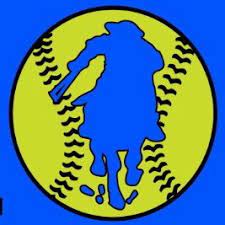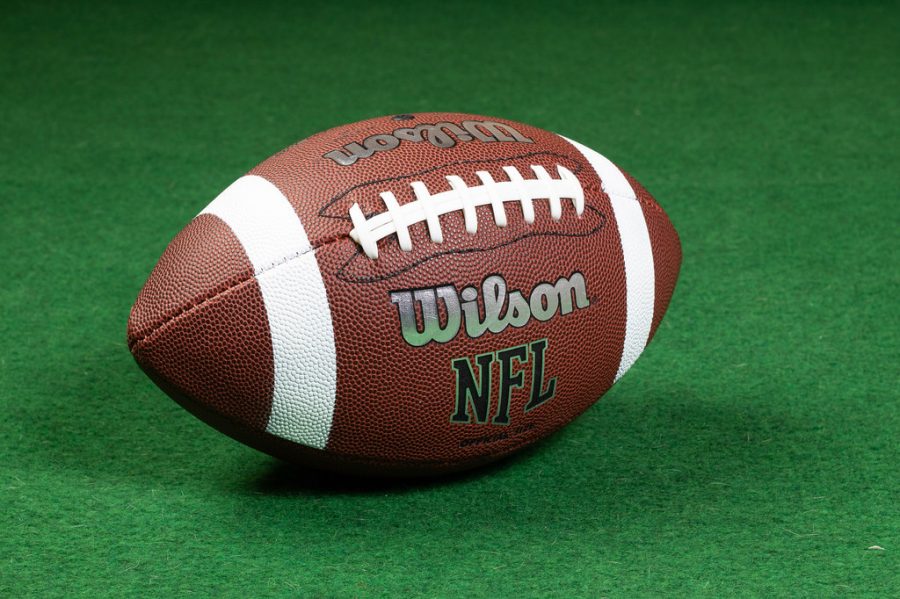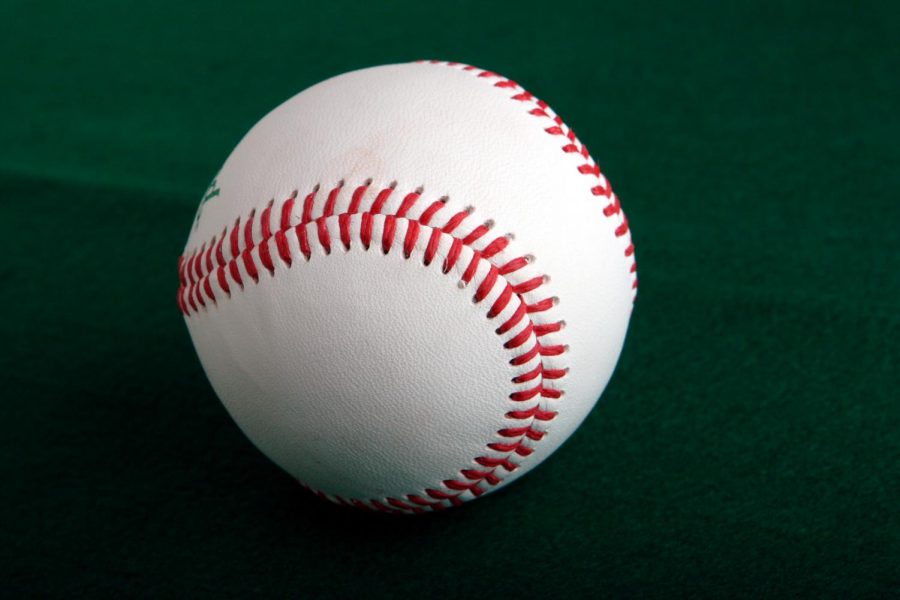MLB Begins the 2021 Season With Risk
June 18, 2021
After shortening the 2020 season to just sixty games, MLB announced the 2021 season would be a full season with fans allowed. However, MLB has begun to face problems with COVID-19 after only a few weeks, despite the delight of attending fans.
Leading up to the 2020 season, MLB fully expected to play a regular season, but a stalemate occurred between team owners and the MLB Players Association over pay and safety. Combined with several scandals, it delayed the season and placed a stain on Commissioner Robert Manfred’s reputation. Now, both sides were determined to avoid a repeat of the incident and quickly came to an agreement for a full 2021 season. However, two issues have arisen since: fan attendance and team protocols. 2020 had been played without fans in attendance due to the risk of the novel coronavirus, but government officials in several states have allowed stadiums to reopen for 2021. While most stadiums opted to host no or limited fans, Globe Life Field in Texas has chosen to allow full attendance with a mask policy few have obeyed or enforced. In a state that has seen COVID cases rise recently, Dr. Emily Landon notes “you don’t know who is going to come in with COVID-19”, and this fear may prove right as experts believe crowds increase the chances of transmission.
In the case that players do get COVID-19, MLB has placed protocols to deal with the spread. Teams now have expanded rosters and carry additional players at a new ‘alternate’ site, which allows them to easily replace those that contracted the virus. Unfortunately, team cooperation is necessary, and in just the first week, the Washington Nationals postponed their series against the New York Mets due to an outbreak. Ignoring rules to travel separately, their regular and alternate team flew together, which led to a spread in both. Other teams have faced challenges in convincing their players to vaccinate, with many refusing and compromising team safety. The effects of these choices will be revealed as the season goes on, with the possibility of a surge in COVID cases thanks to close contact between players and fans, leading to new challenges that MLB will need to address in order to keep games on schedule.





